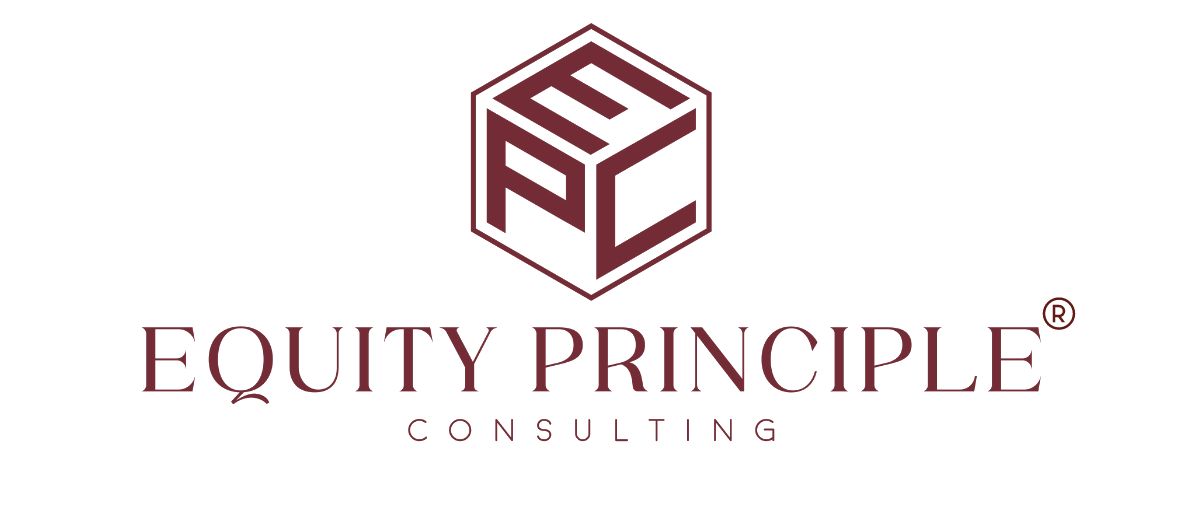Integrating DE&I into Core Business Strategies: A Practical Guide
Leaders deeply committed to cultivating inclusive workplace cultures know that integrating diversity, equity, and inclusion (DE&I) principles into core business strategies is critical to successful DE&I outcomes.
When DE&I principles are woven into the fabric of business strategies, organizations can more effectively mirror the diverse world we live in, thus enhancing their relevance, reach, and impact.
Below is a step-by-step guide to applying a DE&I lens to your company’s business strategies, ensuring that every facet of your operation reflects true inclusivity.
Step 1: Initiate with Inclusive Leadership
The journey begins at the top. Leaders must not only endorse DE&I values such as respect, fairness, and equitable opportunities but actively demonstrate them through their decisions and behaviors. This involves training leaders to understand DE&I deeply and equipping them with the tools to foster an inclusive culture. Leaders should also regularly evaluate their strategies and operations to ensure they align with DE&I principles.
Step 2: Embed DEI into Business Objectives
Integrating DE&I as a core component of your business goals requires revisiting your mission, vision, and values statements to reflect a commitment to DE&I. Each business objective should be scrutinized through a DE&I lens.
Ask questions like: “Does this objective consider the needs of a diverse workforce and customer base? Are there potential barriers that could exclude certain groups?”
Step 3: Conduct a Comprehensive DEI Audit
A DE&I audit, a comprehensive review of your company’s existing practices and policies, should cover recruitment, marketing, supplier selection, and product development. This involves assessing the diversity of your workforce, the inclusivity of your marketing materials, the fairness of your supplier selection process, and the accessibility of your products. The audit will help identify gaps and areas for improvement. Engaging external consultants can provide an unbiased perspective and add depth to the analysis.
Step 4: Foster Inclusive Dialogue
Create platforms where employees from all levels can share their experiences and insights. This could be through regular town halls, anonymous feedback mechanisms, or dedicated DE&I discussion forums. Employee input is crucial as it offers real-time, ground-level insight into how business strategies are perceived and their practical impact on diverse groups.
Step 5: Design and Implement Targeted Strategies
Based on the audit findings and employee feedback, design strategies that specifically address identified issues. For example, if the audit reveals that certain business offerings are inaccessible to people with disabilities, develop a plan to remedy this. This could involve redesigning products, offering alternative formats, or improving physical accessibility.
Step 6: Measure, Monitor, and Modify
Implementing DE&I initiatives is not a set-it-and-forget-it deal. Continuous monitoring and evaluation are necessary to understand their effectiveness. This involves regularly collecting data on key performance indicators related to diversity, equity, and inclusion and analyzing this data to identify trends and areas for improvement. Set goals and measure them regularly. Be prepared to adjust based on performance data and changing societal norms as needed.
Step 7: Celebrate and Communicate Successes
When DE&I initiatives lead to positive outcomes, it’s not just a win for the organization; it’s a win for each individual associated with it. Share these successes internally and externally. Celebrating these wins will not just boost morale but will also instill a sense of pride and motivation, reinforcing the importance of DE&I within the corporate ethos. Use these stories as case studies to demonstrate the benefits of integrating DE&I into business strategies, making the audience feel proud and motivated.
Integrating DE&I into your business strategies isn’t just about doing what’s right; it’s about doing what’s smart. By continually asking critical questions about inclusivity and representation—and answering these with concrete actions—you ensure that your business remains competitive and relevant in a diverse world. Remember, every step forward in DE&I is a step towards a more equitable and prosperous future for everyone associated with your organization.

